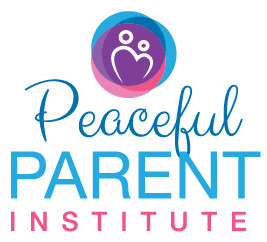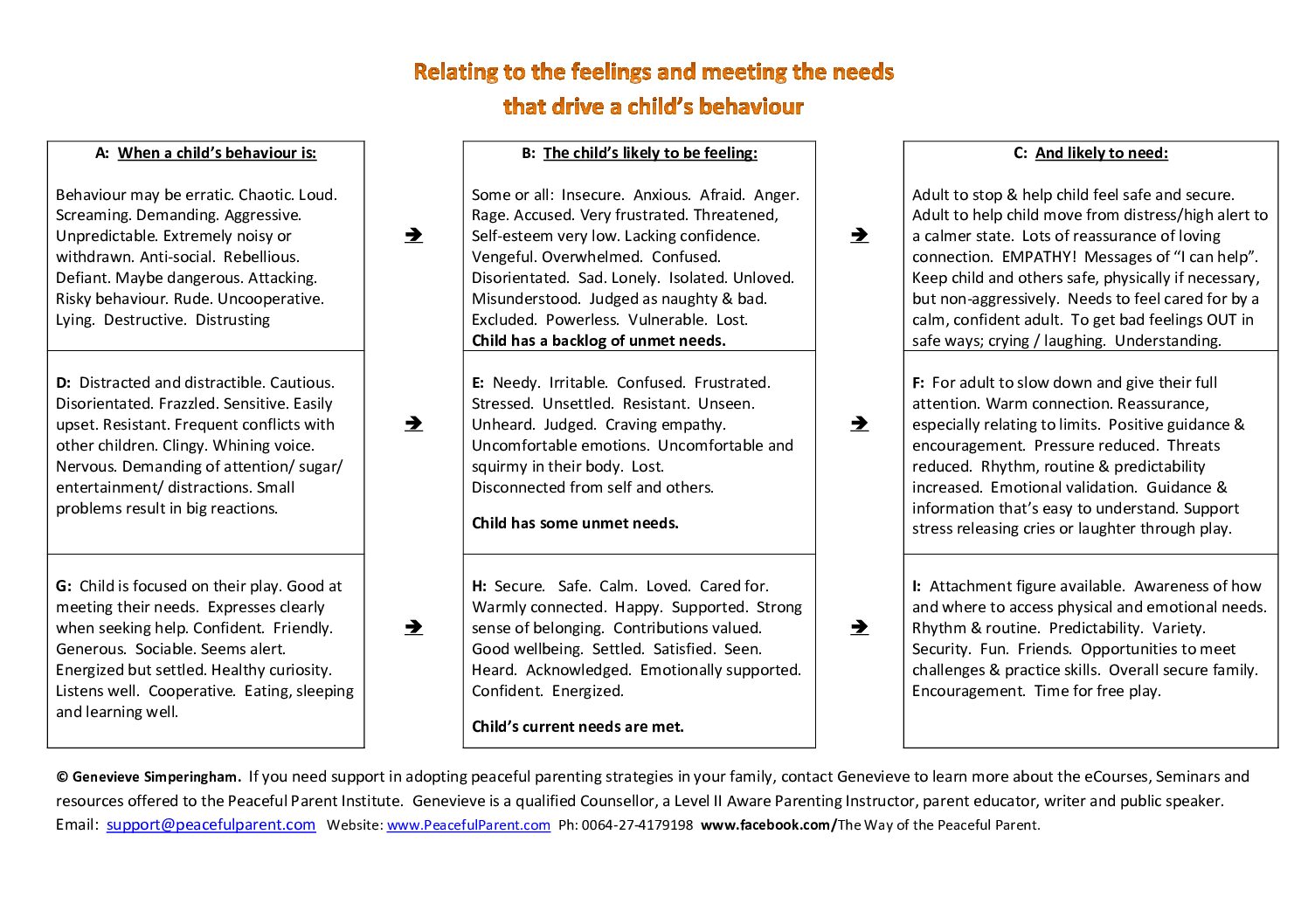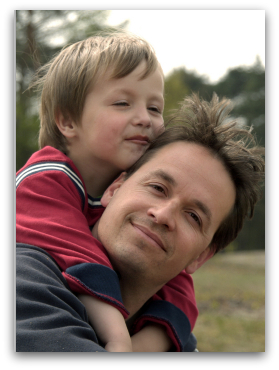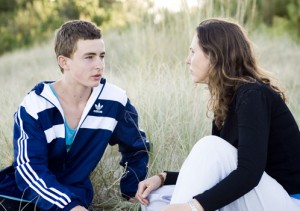Recognition of children’s vulnerability to stress and trauma
Parent is committed to minimizing stress for their child based on the understanding that healthy behaviour is incredibly difficult for children when they are stressed, pressured to perform, anxious and insecure. Taking this understanding further, parents can then read extremely negative behaviours as being symptomatic of unresolved stress or trauma.Fostering Attachment by responding to needs
Overall consistent warm responsiveness to the child’s needs (different from wants) fosters secure attachment. Qualities which foster secure attachment are bonding, closeness, warmth, empathy, affection, and generally meeting the child’s needs. Aside from all the attention parent’s give in the daily tasks, children need quality one on one time and presence that helps the child feel seen, understood and valued. Strong bonding leads to a child feeling looked after, protected, safe, secure and generally feeling good about themselves.
Attunement
Attunement is about tuning in to your childs’ world. As well as showing that you’re engaged in their interests, it involves reading the child’s non-verbal communication; body language and tone of voice and showing understanding and empathy for the feelings they’re showing verbally and non-verbally. Sharing feelings, sharing sighs, sharing smiles, sharing excitement, sharing play and creativity. Children need to see what we feel as well as hear it in our words; “Oh dear you’re upset” needs corresponding empathic facial expressions and body language.
Accepting and listening to a child’s whole range of feelings. Understanding that out of balance behaviour is generally relate to painful feelings that need to be resolved through talking, crying, raging, laughing or through play. If they don’t get it out, they will act it out!
Express limits, boundaries and requests lovingly
We teach our children primarily through our modelling. When we control their behaviour through punishments, threats, rewards or enforced consequences, we are teaching them that this is the way to deal with differences and conflicts with others. Instead you can mediate conflicts amongst siblings non-judgmentally, you can problem solve, you can express your needs “I need reassurance that … “, hold loving limits and maintain respectful communication while expressing requests and limits or giving feedback. Limits and boundaries are best taught as you teach everything else, with love, care and patience.
Parent is mindful and responsible about unresolved feelings from their childhood
A parent’s memory of how they felt as a child in different situations helps them imagine how their child is affected by situations today. Being aware of the negative impacts of unhealthy communication on you when you were a child is your biggest insurance against continuing negative cycles and the mest motivator to heal, resolve and learn healthier ways of relating.
Active Listening
Active Listening fosters trust and models respectful communication. Children learn to listen well through the experience of being heard well. It’s about listening with interest, with presence, and positive reflection, which invites open and honest two way communication. Give lots of positive messages through your non-verbal cues, face, body, tone of voice. Acknowledging what you hear “oh yes, that makes sense”, validating the feelings expressed “you’re really sad about me leaving”. Listening teaches children how to listen to others, as well as helping them to be more in touch with what they truly think and feel.
This chart is a useful tool for anyone wanting to follow these principles. It gives a quick reminder of some of the feelings that may be driving certain behaviours and furthermore some of the possible unmet needs that need to gain attention before the child can begin to feel better, hence act better.









Love this article, it’s amazing that I’ve been a nanny for 25 years and pp style is new to me , but I seem to have naturally pp without knowing. Love getting good outcomes
Yes I think there’s something very intuitive and heart based about this way of relating with children Dana. Lots of people say that it’s what’s always felt right but they feel pressured to take a different approach. Lovely to have permission to nurture the relationship, and to nurture oneself so we have it to give to the children.
[…] Peaceful Parenting Basic Principles […]
[…] Peaceful Parenting Basic Principles […]
[…] Peaceful Parenting Basic Principles […]
[…] Peaceful Parenting Basic Principles […]
[…] Peaceful Parenting Basic Principles […]
[…] Peaceful Parenting Basic Principles […]